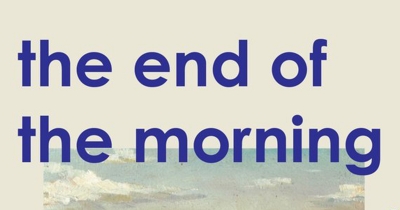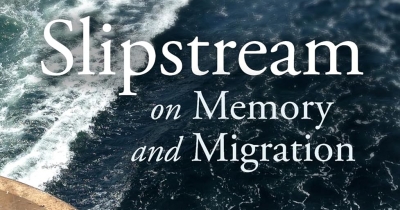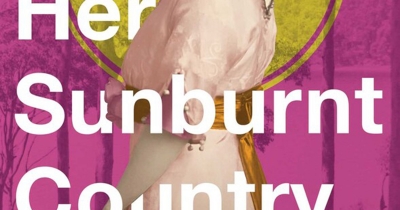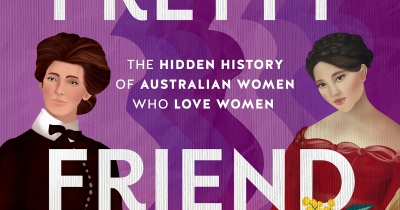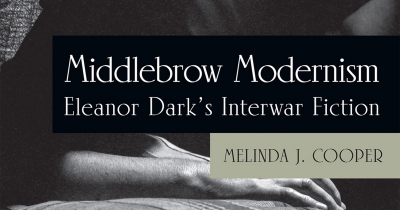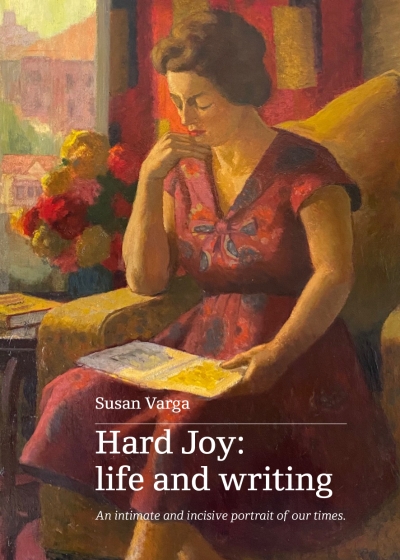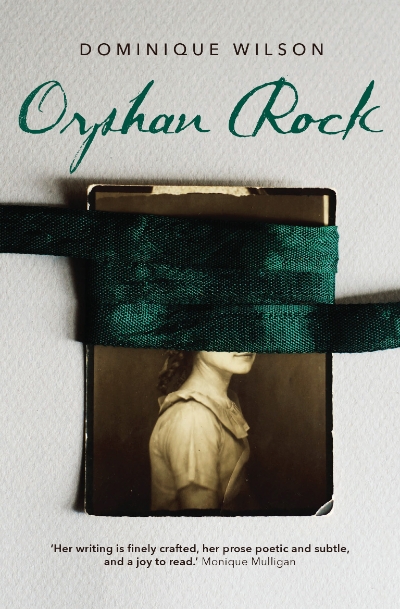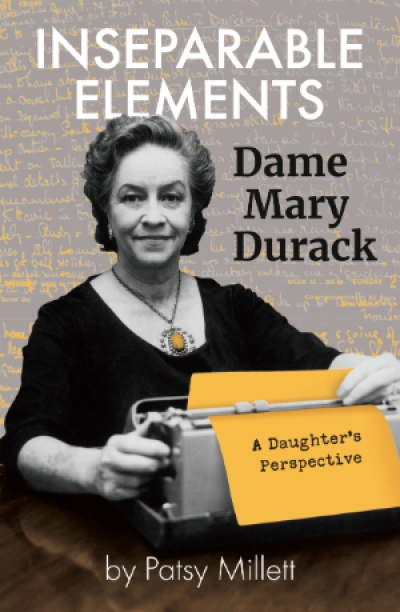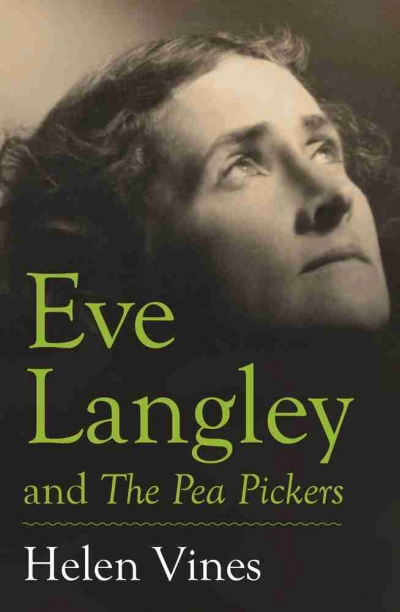Susan Sheridan
A Secretive Century: Monte Punshon’s Australia by Tessa Morris-Suzuki
by Susan Sheridan •
Her Sunburnt Country: The extraordinary literary life of Dorothea Mackellar by Deborah Fitzgerald
by Susan Sheridan •
Middlebrow Modernism: Eleanor Dark's interwar fiction by Melinda J. Cooper
by Susan Sheridan •
Inseparable Elements: Dame Mary Durack, a daughter’s perspective by Patsy Millett
by Susan Sheridan •


